Bell of Portenschlag: description and varieties, planting and care
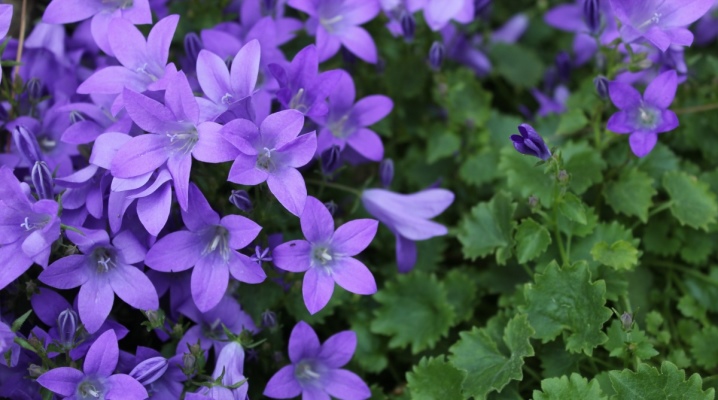
Bell of Portenschlag belongs to dwarf herbaceous plants, it is a representative of the Kolokolchikov family.
This compact culture can be grown in a flower pot, thereby adding decorativeness to a house or loggia.
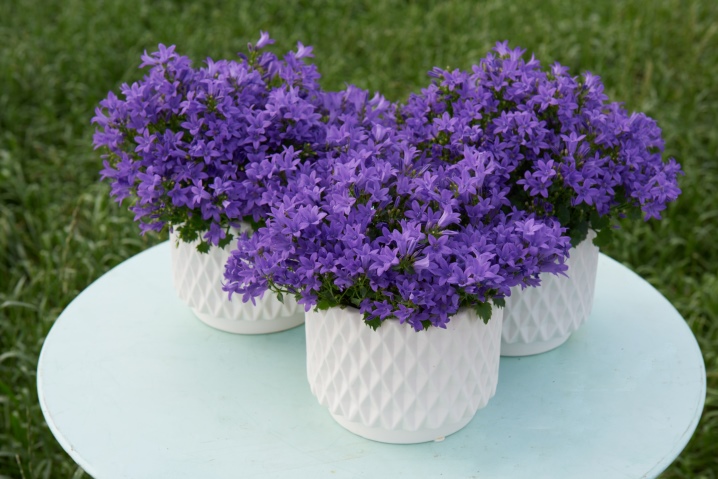
Peculiarities
Campanula portenschlagiana can be represented by herbaceous annuals as well as evergreen perennials. The foliage of the latter type of culture is capable of wintering under a snow cover. A low crop can reach a height of no more than 0.2 meters. With the growth of campanula, one can observe how a beautiful green coating with rounded leaves is formed on the surface of the earth. Under favorable growing conditions, a dwarf representative of the flora can grow up to 0.5 meters. The stem of Portenschlag's bell has a yellowish-green color, usually it spreads along the earth's surface or rises slightly above it. The stem is usually bare, only in some cases it can be covered with a sparse white edge.
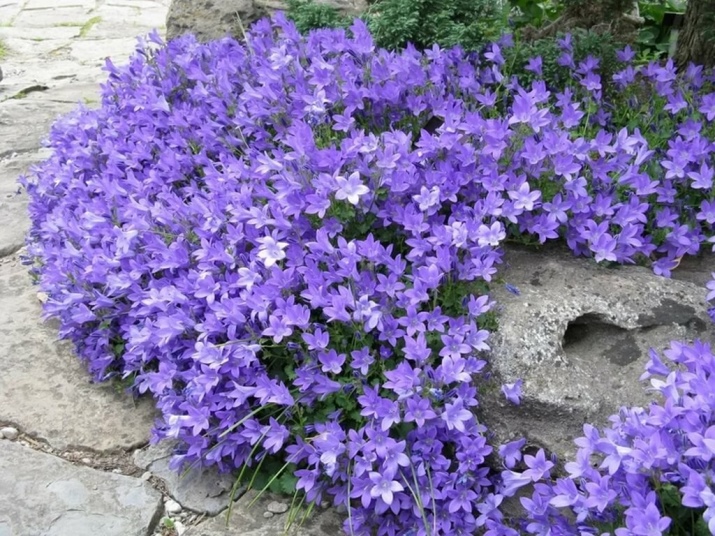

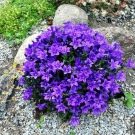
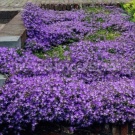
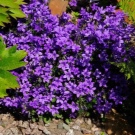
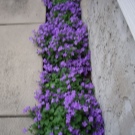
The culture is characterized by the presence of small leaves with a heart-shaped base. They are often bare or slightly pubescent, and have beautiful jagged edges. The arrangement of foliage on the stem is alternate. An attractive basal rosette is formed from long-petiolate leaves. The Campanula portenschlagiana flower has a bell shape and is located on a peduncle of different sizes. The petals can be colored in different colors, but they are usually blue or purple. Slight pubescence is observed on pedicels, sepals, flower petals.

Campanula's flower is hermaphrodite. The bell fruit is a dry capsule with numerous light brown seeds. The Portenchlag Bell can be grown outdoors and in a variety of flower containers. Often, this compact representative of the flora is planted to create a rocky garden, an alpine slide.
Campanula is also considered an excellent ground cover vegetation, suitable for a flower border or garden path.
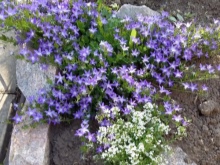
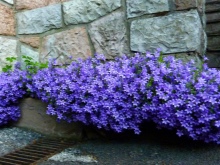
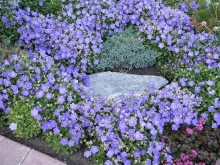
Varieties
Among a wide variety of bells with white, blue, pale pink and purple flowers consider several of the most popular types of Portenchlag.
- Clockwise. The plant is considered the first seed hybrid of Portenchlag. The crop is homogeneous and fast-growing, blooming profusely in summer and autumn. Growing, Clockwise forms a pillow-like hummock about 0.2 meters high. The plant has rounded basal leaves with serrated edges. The diameter of the flower does not exceed 2.5 centimeters, it is usually colored purple.
- "Blue gnome" Is a perennial that can reach a height of 0.2 meters. The plant is characterized by the ability to grow rapidly. Thanks to evergreen foliage, the culture looks attractive even in low temperatures.
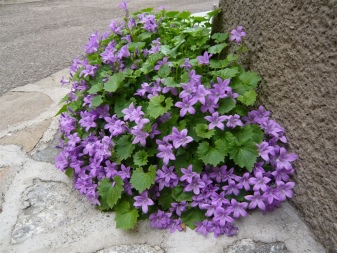
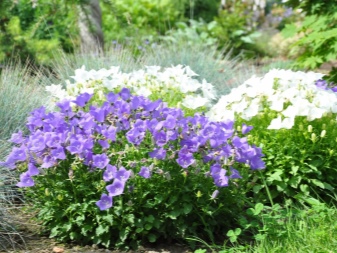
How to plant?
For the normal development of the Portenchlag bell it is worth planting, observing some rules.
- Planting the plant should be carried out in a sunny area, where there will be no water stagnation, close occurrence of groundwater. Otherwise, the root system of the campanula can rot or freeze in the winter season.
- Campanula portenschlagiana can thrive and thrive on light soil and loam.If the soil is heavy, then it can be diluted with sand, humus. In a poor substrate, it is worth adding fertilizer or sod land.
- The landing site for the Portenschlag bell must be prepared in advance. For this, the territory is dug up, the weed is eliminated on it. It is recommended to add rotted manure, superphosphate to the ground. Do not add peat or fresh manure to the soil, as this can cause the development of fungal infections.
- Sowing seeds into the soil can be carried out without waiting for seedlings to form. The best time for the procedure is October or mid-May. To plant seedlings, it is worth placing its root system in a hole, spreading it out and sprinkling it with soil. For planting soil, the soil is slightly compacted, watered, mulched.
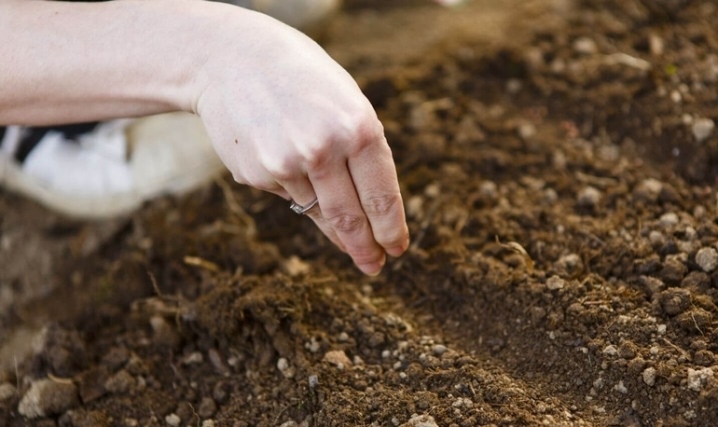
How to take care of it properly?
The Portenschlag bell is a delicate and extraordinarily beautiful plant. The unpretentiousness of the culture contributes to the ease of the cultivation process at home. The plant requires bright diffused lighting, so in the summer it should be exposed on the east or west windowsill, and in the winter - on the south. With a lack of light, the campanula will have elongated shoots and will lose its decorative effect. This representative of the flora does not tolerate heat well, therefore the optimal temperature regime for the summer period of the year is + 20– + 22 degrees Celsius.
In winter, it is worth keeping a perennial at a temperature of 11-13 degrees above zero. The bell does not show demand for air humidity.
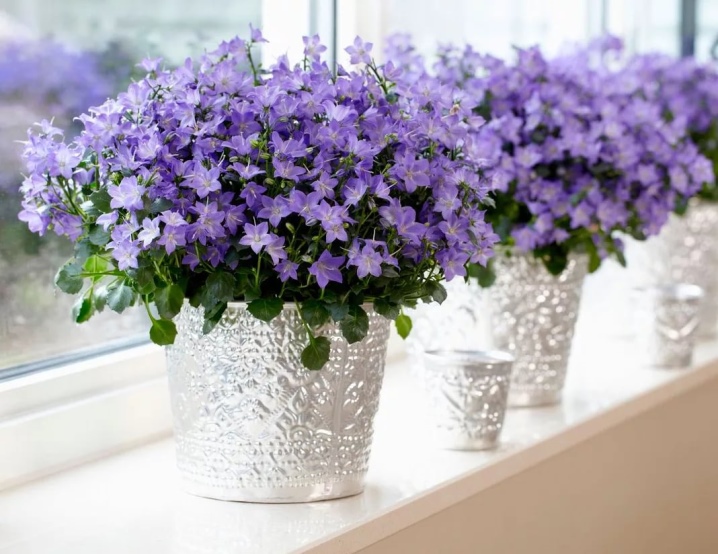
It is only necessary to irrigate Campanula portenschlagiana in hot and dry weather. If the climatic conditions are close to normal, then the culture will have enough moisture from the precipitation. Each irrigation procedure should end with weeding and loosening. Such activities contribute to the flow of fresh air to the roots. Fertilizing this representative of the flora is worth twice a season. The first feeding is carried out during planting of seeds, while it is worth using nitrogen-based substances. The second fertilization should be done during the budding phase. In this case, feed the bell with mineral fertilizer with potassium.
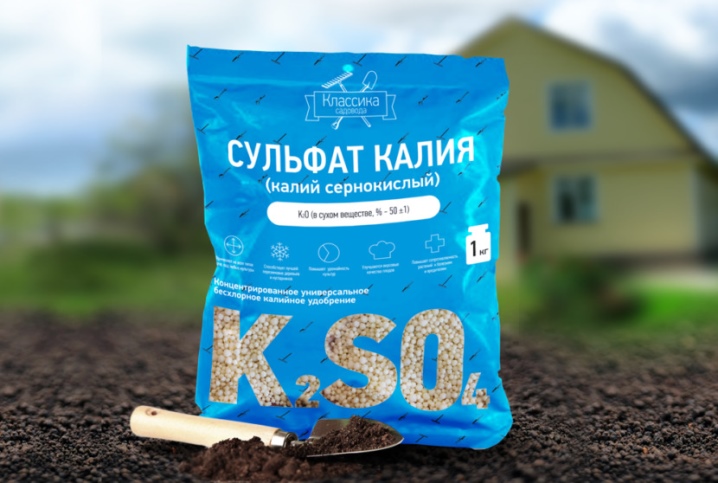
In the first 12 months from the moment of planting, it is not required to cut the campanula. Removal of faded particles of the culture should be carried out from the second year of the plant's existence. Sanitary pruning not only improves the decorative qualities of the bush, but also prevents spontaneous self-seeding. And also pruning should be done to increase the duration of flowering. When pruning the peduncle at the end of flowering, up to the base, you can achieve a repetition of this phase. Bells do not tolerate excess moisture in the soil, but require it to be preserved in case of hot and dry weather. For this purpose, it is worth mulching the trunk circle of the bush. This procedure saves the campanula from weeds. If the place where the plant grows is a rocky hill, then mulching can be omitted.
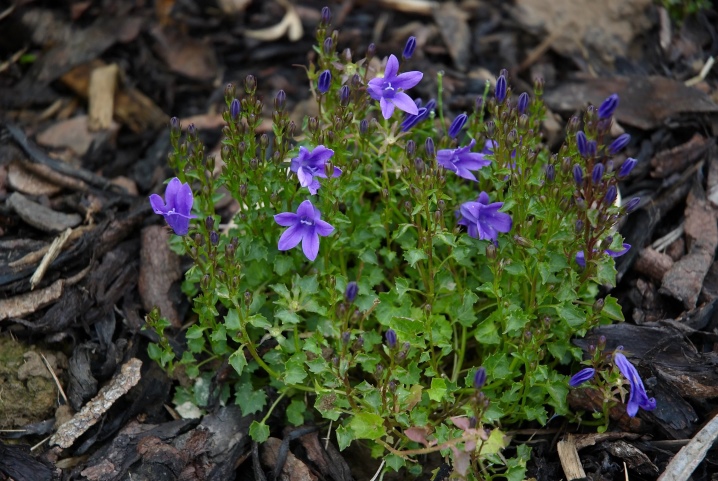
Caring for the Portenschlag bell includes protection from disease and pests. In the case of this perennial, its resistance to ailments and parasites can be noted. However, after some time of growth, chemicals can accumulate in the soil, which have a negative effect on the culture. For prophylactic purposes, the bell can be sprayed with dissolved Fundazol. If a slobbering penny is found on a bush, then it can be destroyed with the help of garlic infusion. In case of rust damage, this representative of the flora can be treated with a copper-based preparation. In some cases, slugs and snails appear on the green parts of the perennial. To destroy them, you can use "Thunder" or "Meta".

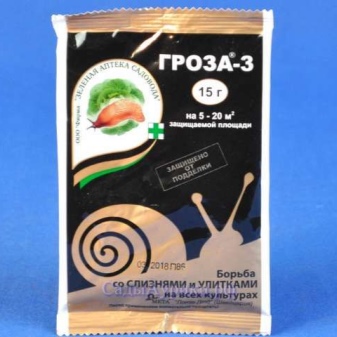
Reproduction methods
You can grow campanula using the seeds and cuttings of the plant. Small seeds that have undergone stratification should be sown on the surface layer of nourished soil. From time to time, the seed should be sprayed with a spray bottle. After one or two weeks, you may notice the emergence of seedlings. Fortified seedlings with two leaves can be planted in separate containers.
Propagation of Campanula portenschlagiana by cuttings is considered easier and more efficient. In this case, it is worth using only those parts of the plant that have been cut from the bottom of the bush. It is necessary to plant a young culture in a specially prepared substrate, in which peat or sand is present.
Freshly planted shoots need to be watered without overmoistening the culture.
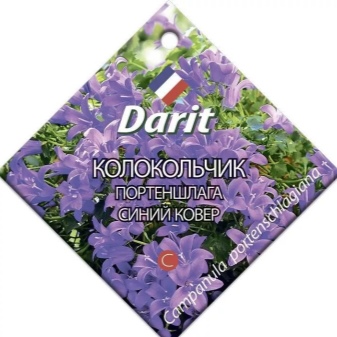
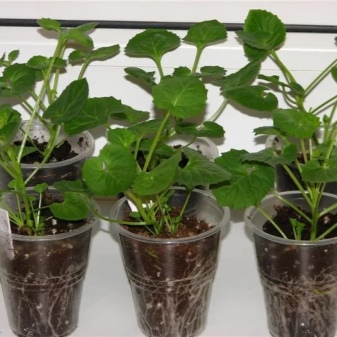
Bell of Portenchlag is an unpretentious and very beautiful plant., which can decorate any territory or become part of the decor of the room. It looks good in a composition with periwinkle, saxifrage, carnations, subulate phlox. Recently, flower pots have been especially popular, which are randomly located on the garden plot.
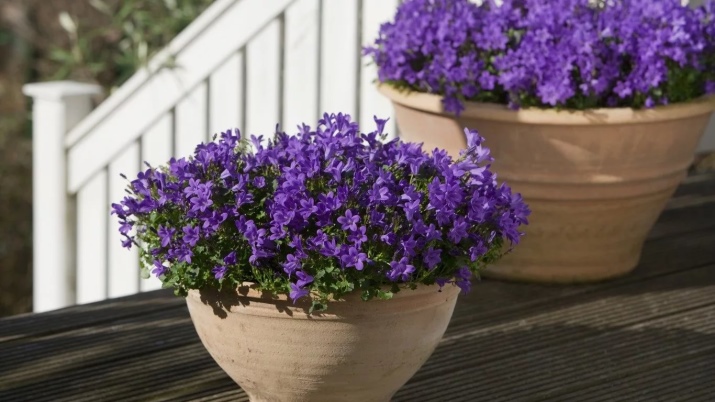
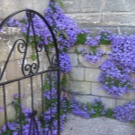
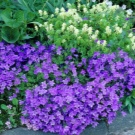
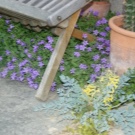
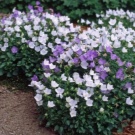

You will learn about the white bell of Portenchlag in the video below.







































































































The comment was sent successfully.